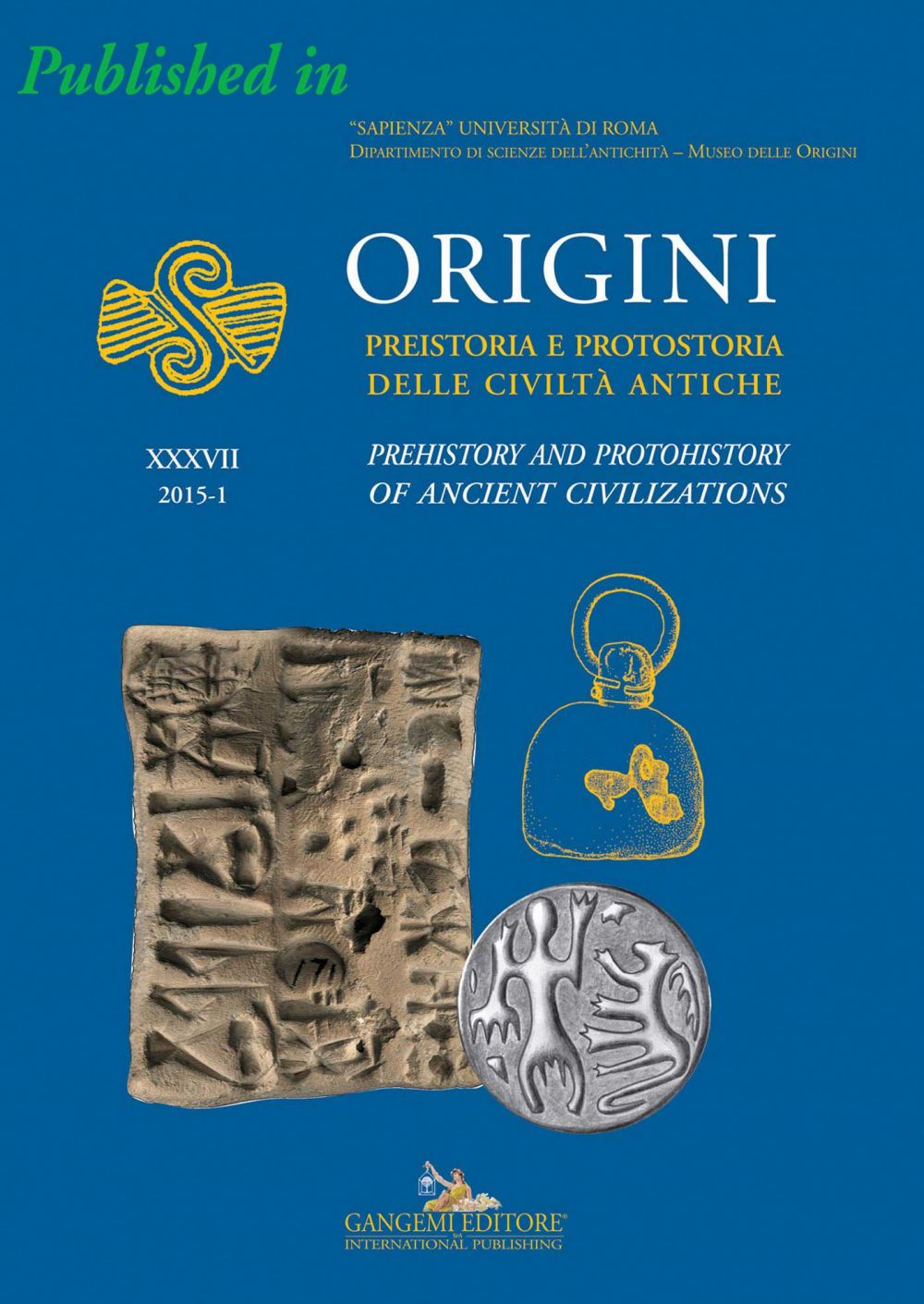Description
Throughout the history of early Mesopotamia the distribution of cuts of meat – usually in the context of what Michael Dietler (2001) has termed ‘diacritical’ feasts – was the primary mechanism for building solidarity among the elite, while at the same time differentiating and calibrating the status of individual office-holders and the institutional roles that they inhabited. This phenomenon has been identified and described in much later periods of Mesopotamian history, as in Milano’s path-breaking paper “Aspects of meat consumption in Mesopotamia and the food paradigm of the Poor Man of Nippur” (1998), but up to now has not been identified in the Late Uruk period (ca. 3300-3000 BCE), the earliest period of Mesopotamian history for which we have a substantial documentary record. This brief contribution summarizes the findings presented in a much lengthier paper (Johnson 2015) and is drawn in part from a forthcoming summary of the Late Uruk butchering records (Johnson forthcoming).



